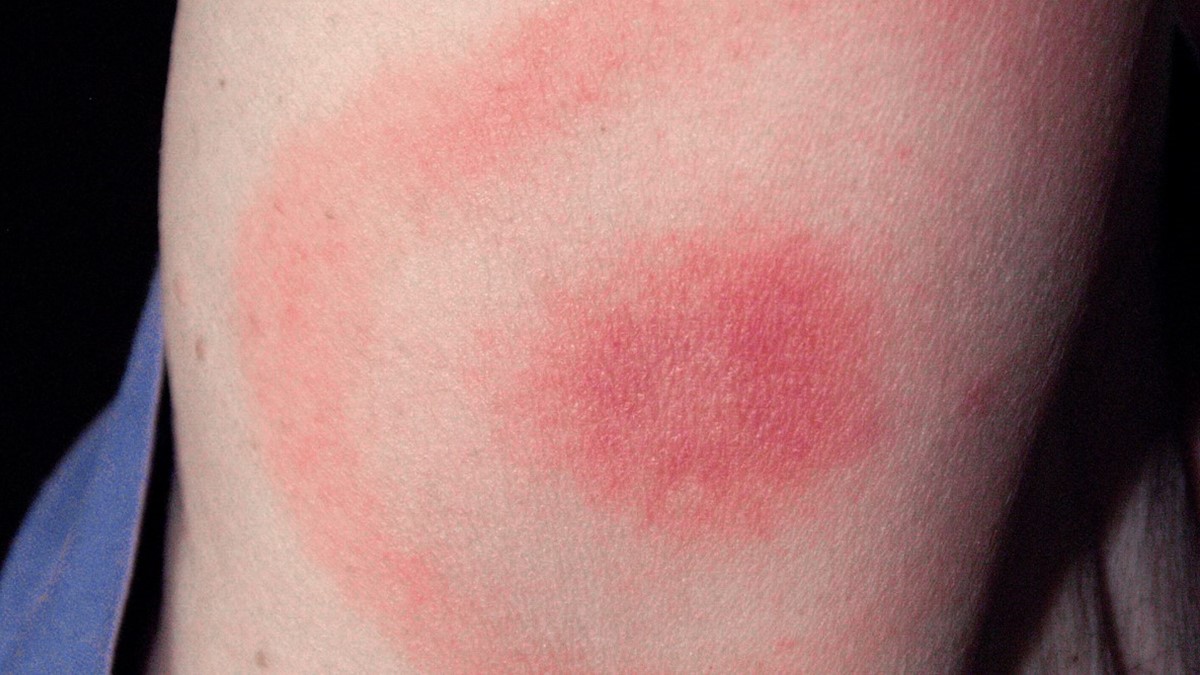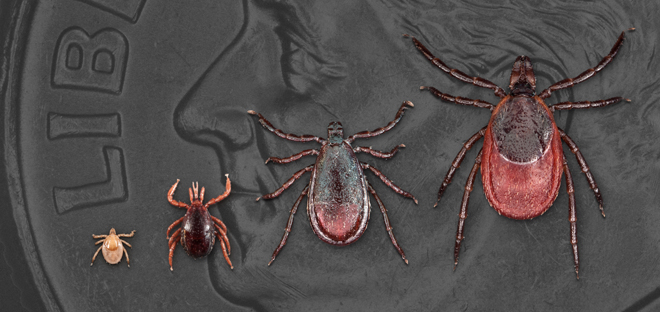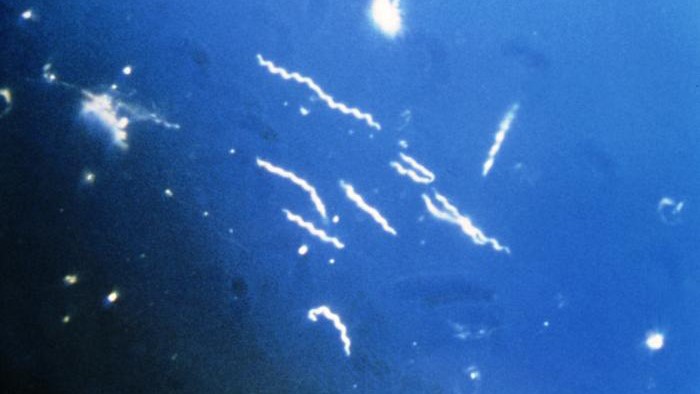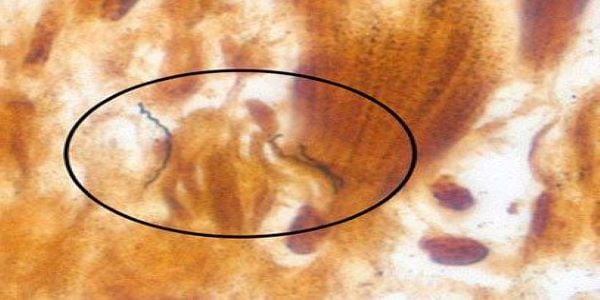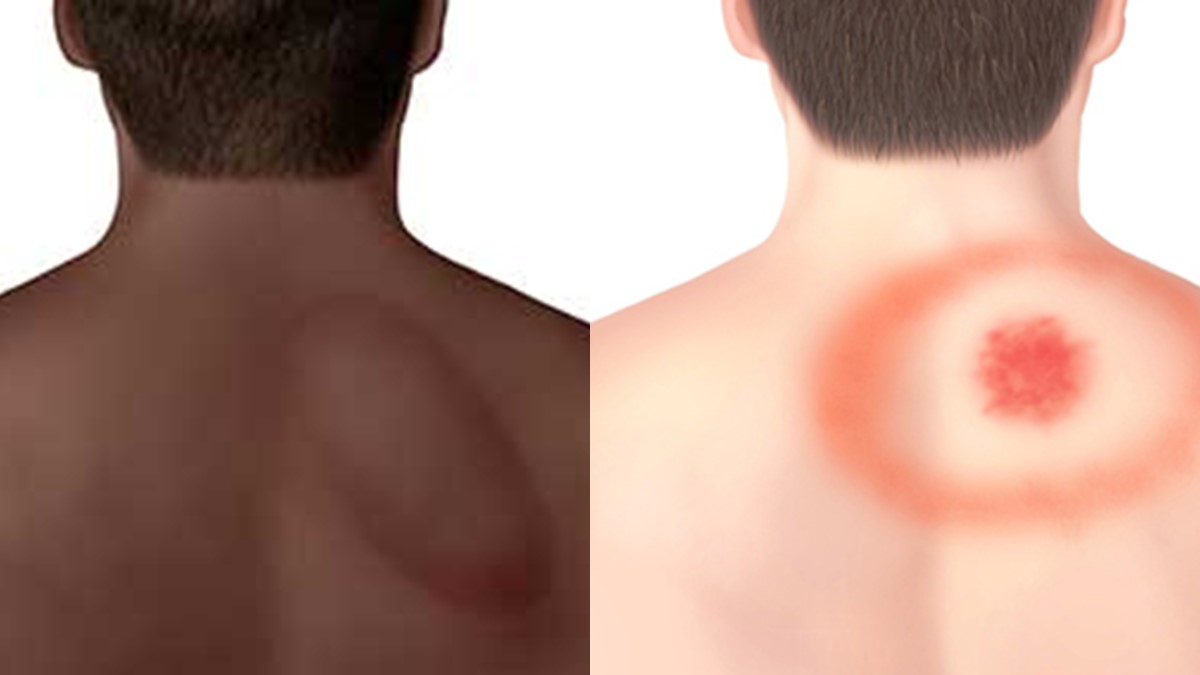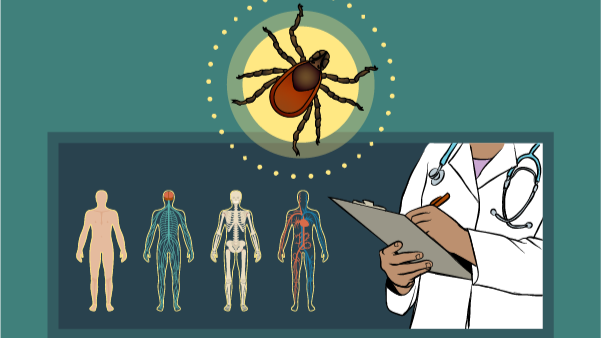General information on Lyme disease including prevention and what to do after a tick bite.
Signs and Symptoms of Untreated Lyme Disease
Information on the signs and symptoms of Lyme disease.
Borrelia bacteria are spread to people through the bite of an infected blacklegged tick. ...
Lyme Disease Surveillance and Data
Available Lyme disease data including how many people get Lyme disease, and where.
For professionals
Treatment best practices for the most common manifestations of Lyme disease.
Clinical Testing and Diagnosis for Lyme Disease
CDC recommends a two-step serologic testing process for Lyme disease using FDA-cleared assays.
Clinical Care and Treatment of Neurologic Lyme Disease
Information on treatment of neurologic Lyme disease including facial palsy and Lyme meningitis.
Clinical Care and Treatment of Lyme Carditis
Information on the recognition and treatment of Lyme carditis.
Clinical Care and Treatment of Lyme Arthritis
Information on the recognition and treatment of Lyme arthritis.
Clinical Treatment of Erythema Migrans Rash
Information on treatment of erythema migrans, the most common manifestation of early Lyme disease.
Check out CDC's curated list of resources for healthcare providers on all things Lyme Disease


